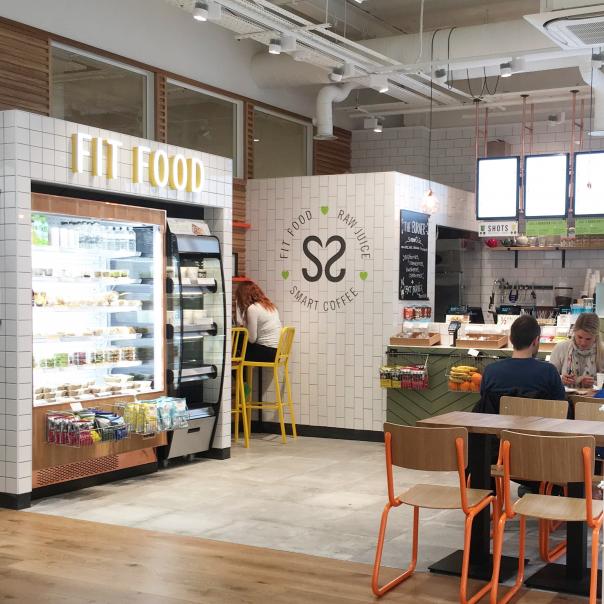
Head of food at IGD, Gavin Rothwell, has identified “health, emotional engagement and innovative locations” among the top themes set to develop over the next 12 months, saying that many growing concepts are "underpinned by their healthy positioning.”
He continued: “We’re seeing the expansion of more healthier food-to-go ranges across the board. In the UK for example, Pret a Manger has opened the minds of many new customers to vegetarian breakfasts and lunches, while gluten-free options have become more core features in ranges.
“Looking forward, we see more opportunities for development, with UK shoppers continuing to tell us that they would like a wider range of both vegetarian and free-from ranges in the food-to-go stores they visit.
“IGD data shows that 30% of food-to-go consumers are looking for more vegetarian options, 22% for more dairy-free choices and 20% for a larger gluten-free range.”
Not only are consumers making healthier choices, but they’re changing when and how they eat, too. Last year, retailer Waitrose said it had seen “a shift away from three fixed meals per day to four” – suggesting that we’re now more concerned with fitting food around our lifestyle than vice versa.
While traditional breakfast, lunch and dinner may no longer be on UK shoppers’s radar, it’s interesting to see how food-to-go operators are adapting and interpreting the trend, bringing out both niche and mainstream products (such as gym and protein boxes), which Rothwell said he “expects operators to become more focused on in 2018.”
Another noticeable trend is the growing presence of street food. Claiming “transit locations are becoming an even more attractive option for food-to-go specialists,” IGD also said workplaces, fitness centres, sports stadiums and festivals are coming more into a food-to-go thinking.
This may also account for the increasing number of companies expanding into delivery – both Subway and Greggs among those trialling services in the UK – in attempt to “broaden their reach even further.” With an increasing focus on convenience, IGD expects more retailers to focus on this throughout 2018 claiming that while “experience is based on quality,” it is determined by a widening array of factors, including customer service, ease, product display, and in-store décor.
As well as offering delivery, companies are also tapping into the convenience trend by forging “new and unexpected” partnerships. Of those already developed, fit food specialist Crussh has collaborated with both Sainsbury’s and Debenhams; coffee chain Benugo with John Lewis; Eat with Debenhams and services company, Compass, while Italian restaurant Zizzi has recently launched a pizza counter in Sainsbury’s.
Rothwell explained: “Businesses are increasingly looking for like-minded partners to enable them to develop in food-to-go… We expect to see a growing number of partnerships like this across more markets in 2018.
“Part of this could include additional food-to-go specialists looking to target more on-the-go customers, such as working with railway companies and airlines, following the example of M&S and British Airways. At the same time, the idea of food-to-go hubs, inspired both by retail space, shopping mall evolution and food halls, is an area we expect to see grow in 2018.”
As the UK food-to-go market continues to gain momentum – expected to be worth a staggering £23.5 billion by 2022 – we are going to see many developments and changes across the sector over the next twelve months and beyond. While many trends are already proving true for 2018 (veganism, convenience and industry collaborations to name a few), it remains to be seen what the industry has in store for UK consumers, and how operators will continue to appeal in such a competitive market.